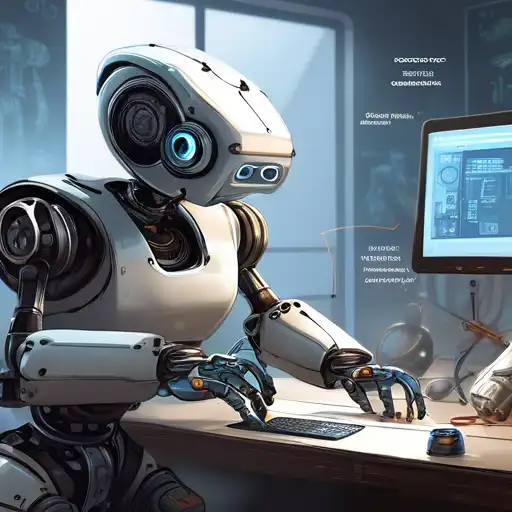Introduction to Robotics Programming
Robotics programming is an exciting field that combines the creativity of software development with the tangible results of mechanical engineering. Whether you're a hobbyist looking to build your first robot or a professional aiming to automate tasks, understanding the basics of robotics programming is essential. This guide will walk you through the foundational steps to get started in this dynamic field.
Understanding the Basics
Before diving into coding, it's important to grasp the core concepts that underpin robotics. Robotics involves the design, construction, operation, and use of robots. Programming these robots allows them to perform tasks autonomously or semi-autonomously. Key areas to focus on include kinematics, sensors, actuators, and control systems.
Choosing the Right Programming Language
Several programming languages are popular in robotics, each with its strengths. Python is renowned for its simplicity and readability, making it ideal for beginners. C++ offers performance benefits for more complex robotics applications. Other languages like Java and ROS (Robot Operating System) are also widely used in the robotics community.
Essential Tools and Software
To start programming robots, you'll need the right tools. Integrated Development Environments (IDEs) such as Arduino IDE for microcontroller projects or ROS for more advanced robotics projects are essential. Simulation tools like Gazebo allow you to test your robots in virtual environments before building physical models.
Building Your First Robot
Starting with a simple project is a great way to apply your programming skills. Consider building a line-following robot or a basic robotic arm. These projects will help you understand how to integrate sensors and actuators with your code to perform specific tasks.
Learning Resources and Communities
The robotics community is vast and supportive. Online platforms like GitHub offer open-source projects to learn from, while forums like Stack Overflow provide answers to technical questions. Participating in robotics competitions or hackathons can also accelerate your learning.
Advancing Your Skills
As you become more comfortable with the basics, exploring advanced topics like machine learning for robotics or computer vision can open up new possibilities. Continuous learning and experimentation are key to mastering robotics programming.
Embarking on the journey of robotics programming is both challenging and rewarding. By starting with the basics, choosing the right tools, and engaging with the community, you'll be well on your way to creating innovative robotic solutions. Remember, the field of robotics is constantly evolving, so staying curious and adaptable is crucial.
